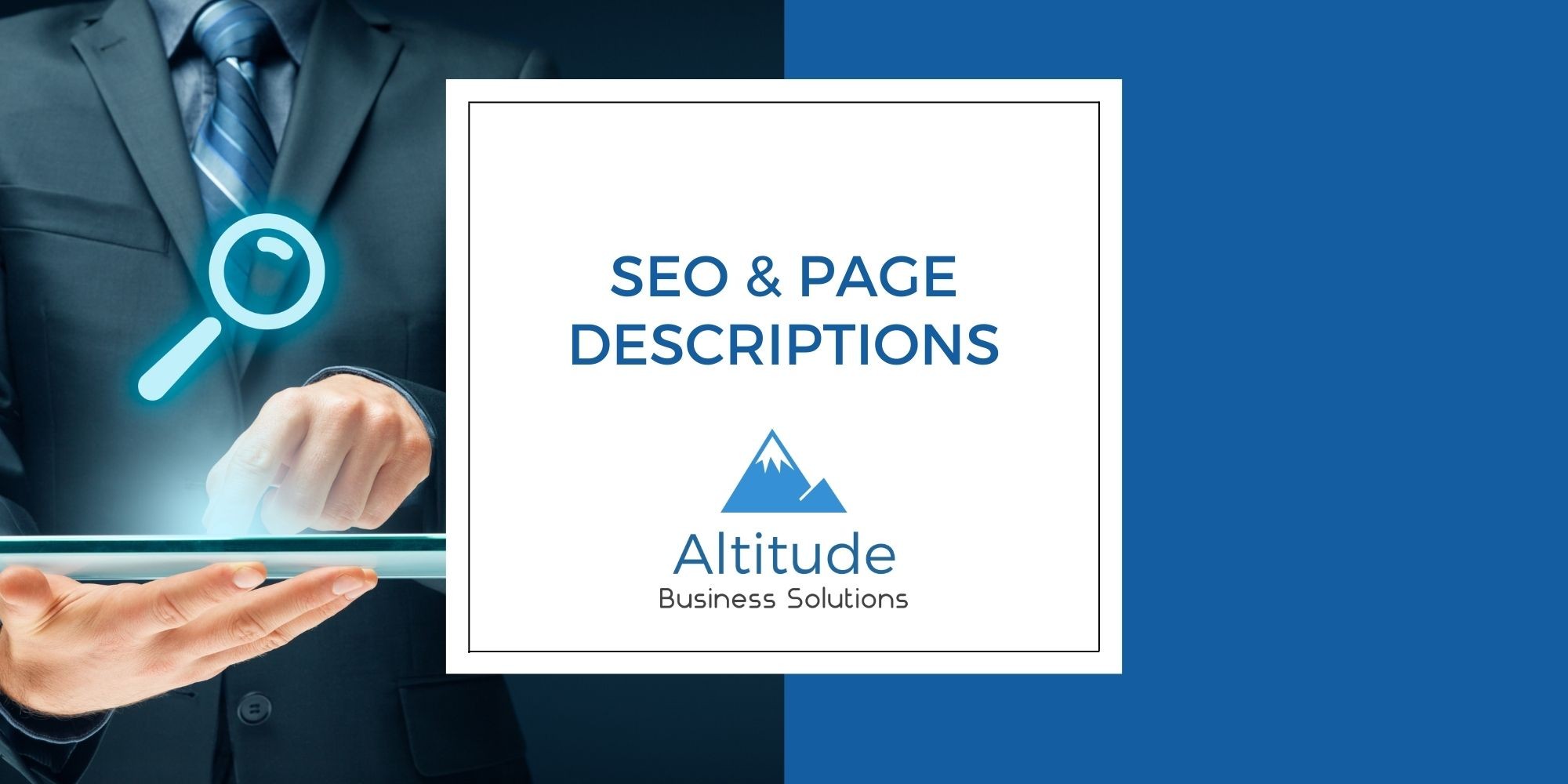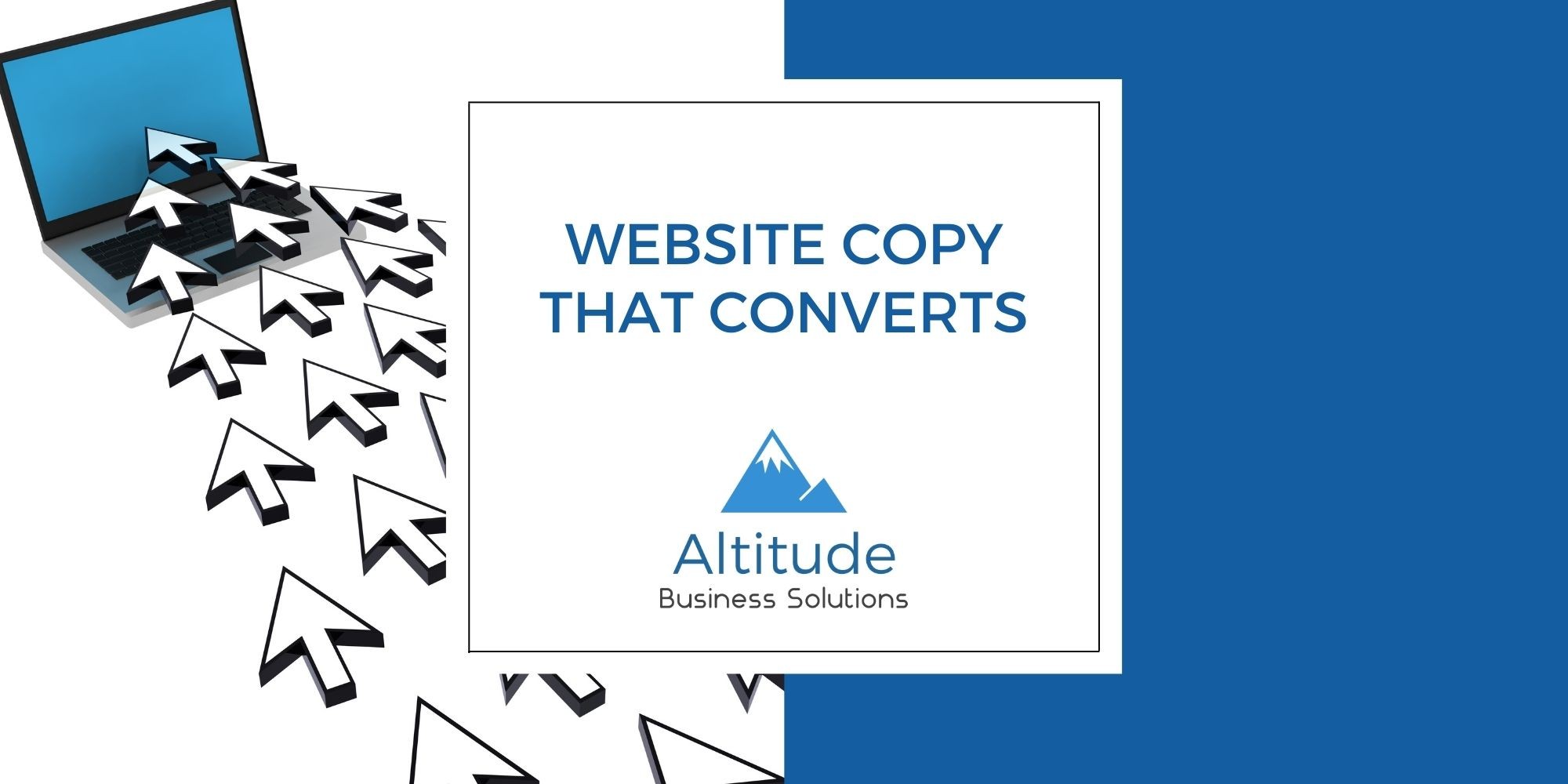

We all know SEO (Search Engine Optimization) is the key to getting your website seen by the right people. But let's be honest, SEO can feel
like a giant puzzle with a million pieces. Today, we're focusing on a powerful yet often overlooked piece of that puzzle: page
descriptions.
Think of your page descriptions as tiny billboards for your website. They appear in search engine results pages (SERPs) – those lists of websites that pop up when someone searches for something. A compelling page description can be the difference between someone clicking on your website or scrolling right past it.
So, what makes a great page description? Let's break it down:
1. Speak the Search Engine's Language (But Keep it Human):
Search engines love keywords – those relevant terms people use to search for things. But don't stuff your description with keywords. Think about what someone might actually type into a search bar related to your page. Naturally incorporate those keywords while still writing a clear and concise description for humans to read.
2. Focus on Benefits, Not Features:
People don't care about the fancy tech behind your product or service. They care about how it improves their lives. Highlight the benefits your page offers. Are you selling a fitness tracker? Instead of listing its features, focus on how it helps people reach their fitness goals.
3. Keep it Short & Sweet:
Think of those tiny movie trailers that give you a quick glimpse into the plot. Your page description works the same way. Search engines typically only display the first 150-160 characters, so make them count!
4. Calls to Action (CTAs) Can Be Sneaky Sneaky (But Super Effective):
A good page description should subtly entice people to click on your website. Tell them what you want them to do, whether it's "Learn More," "Shop Now," or "Download Your Free Guide."
5. Proofread Like a Pro:
Typos and grammatical errors scream "amateur hour" and can seriously hurt your credibility. Double-check your spelling and grammar before hitting publish.
Ready to See How Your Page Descriptions Stack Up?
Here's the cool part – you can easily check your website's page descriptions with a free Chrome extension called "SEO meta." Download it, visit your website, and it'll show you the current description for each page.
Let's workshop an example:
Imagine you run a bakery website with a page dedicated to your famous chocolate chip cookies. Here's what your description could look like:
Current Description: "We offer a variety of delicious cookies at our bakery." (Snoozefest!)
Improved Description: "Warm, gooey chocolate chip cookies baked fresh daily! Order online or visit us today for a taste of pure happiness!" (Now that's mouthwatering!)
By following these simple tips, you can transform your page descriptions into click magnets and watch your website traffic soar! Remember, SEO is all about making your website user-friendly and search engine friendly. Well-crafted page descriptions do both!
Do you have any questions about SEO or page descriptions? Book in a complementary chat today.
.jpg)
Worried about Australian email spam laws hindering your marketing efforts? Fear not! This blog explores common anxieties and clarifies the regulations. Learn how to build a permission-based email list legally, including strategies like offering valuable content and leveraging social media. Discover tips for crafting targeted messages, mobile optimization, and effective tracking to maximize your email marketing success, all while adhering to the Australian Spam Act.

Crafting subject lines that get noticed can feel like a battle. Ditch the spammy tactics and learn how to write compelling lines that spark curiosity, highlight benefits, and entice readers to open your emails. Discover techniques for A/B testing and avoiding spam triggers to ensure your emails land in the inboxes, not the junk folder.

Your website should be a persuasive salesperson, not a brochure. Learn how to write website copy that connects with your audience and drives action. This guide explores crafting clear messages focused on benefits, utilising storytelling, and including powerful calls to action. Discover tips for mobile optimisation, A/B testing, and ensuring your copy converts visitors into loyal customers.
Leave a Comment